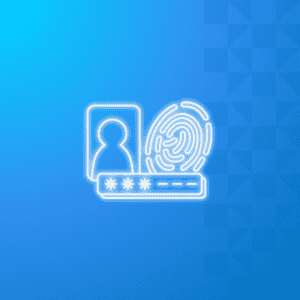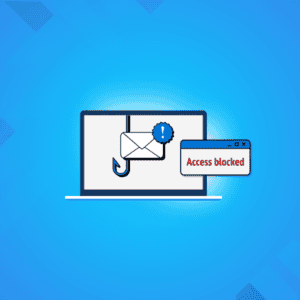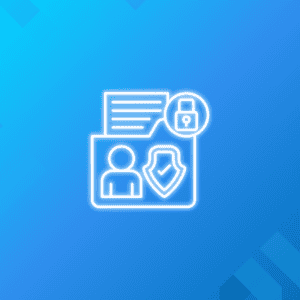
What is Email Spoofing and How to Spot it?
Email spoofing is a cyberattack in which a malicious actor impersonates a legitimate sender. They hide their identity by sending an email from a fake

Email spoofing is a cyberattack in which a malicious actor impersonates a legitimate sender. They hide their identity by sending an email from a fake

Mailfence offers a secure and private collaborative suite, and all user accounts are protected through standard security and privacy measures (check our high-level security analysis

Security, privacy, and anonymity are three concepts crucial to Mailfence. Our email suite has been designed to take all three into account, making it a

Think your email account may have been hacked? Most of us use email so often and from so many machines that it might be hacked

OpenPGP is one of the standard protocols for encryption/signature of data. It is the most widely used email encryption standard. It’s also one of the

This blog post provides details over the SSL/TLS certificate for the Mailfence knowledge base (KB). A modern browser should automatically check the validity of the

Most people send emails every day. Therefore, protecting your email account is a must. Especially when you know that emails are the favourite way for

Less than 1 second : that’s how long it will take for a fairly savvy hacker to crack the password “qazwsxedc”. So, more than ever, you

Since the start of the Covid-19 pandemic, the number of cyber attacks on organizations and individuals has exploded. It is therefore more important than ever